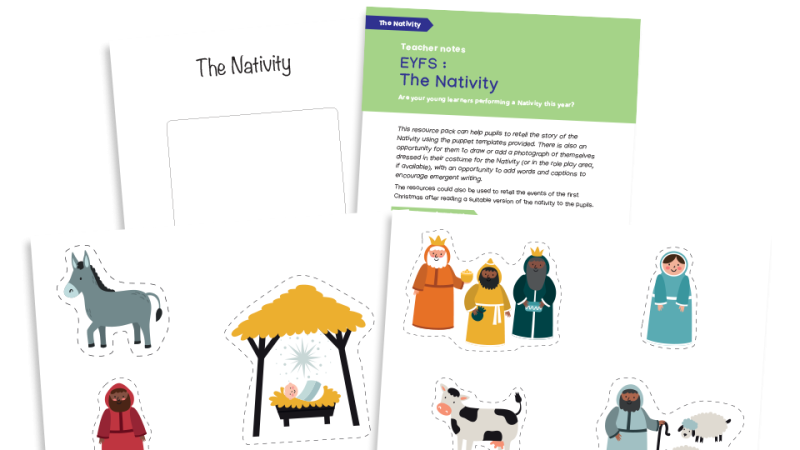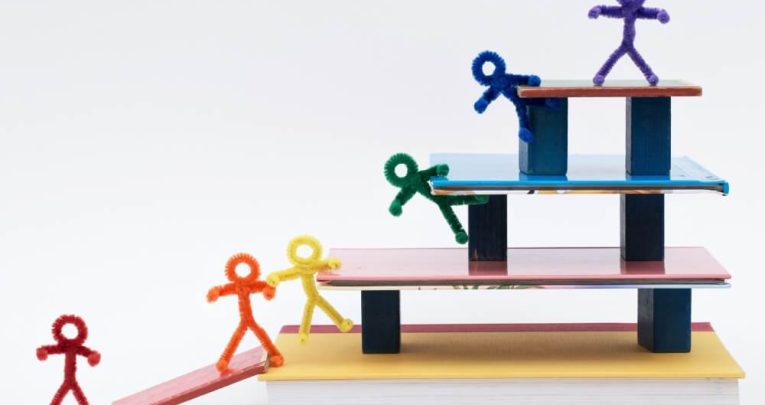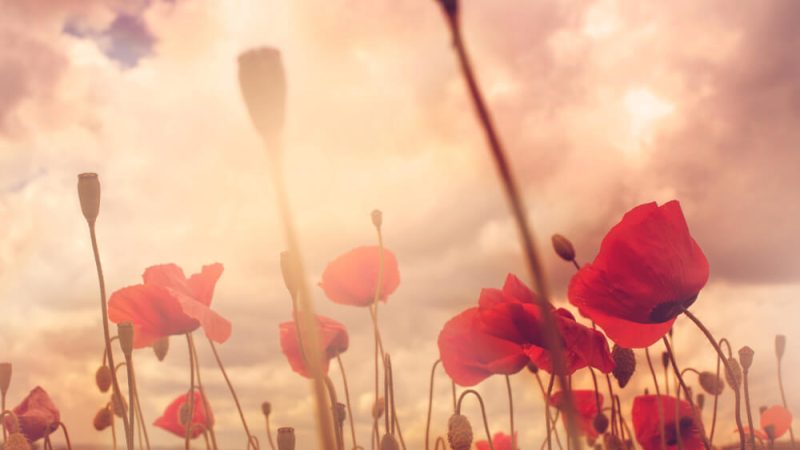Great Fire of London KS1 – Best history teaching resources
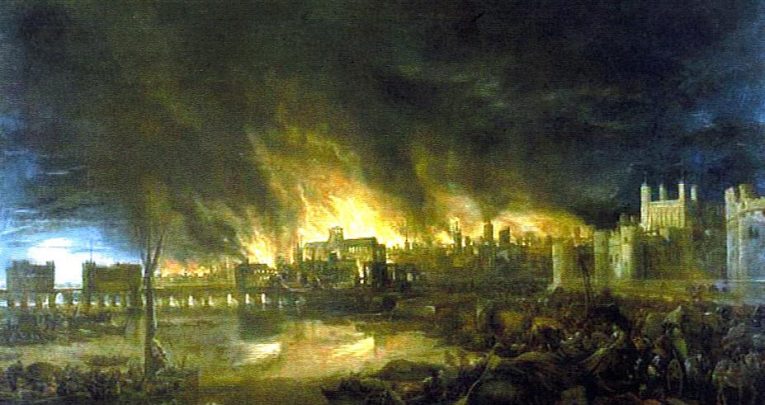
We’ve picked out the best lesson plans, resources and activities to teach the Great Fire of London in KS1…

- by Teachwire
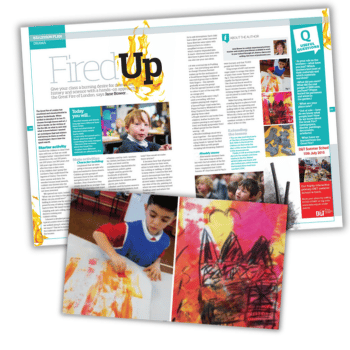
Up your game with our pick of the best Great Fire of London KS1 lesson plans, resources and activities…
Up until the point when a 69-year-old woman removed someone else’s dessert from a freezer on a popular television show, no baker had caused such a fuss as Thomas Farriner of Pudding Lane, 351 years ago in London.
Time will tell if The Great British Bake Off will be studied in schools in the year 2368. But until then we’ll keep focusing on old Tom and the little to-do that emerged from his establishment.
It’s an important event, and one that you can weave into almost any area of the curriculum. Here we’ve picked out the best Great Fire of London KS1 lesson plans, resources and activities to get you going.
Classroom resources
KS1 cross-curricular activity ideas
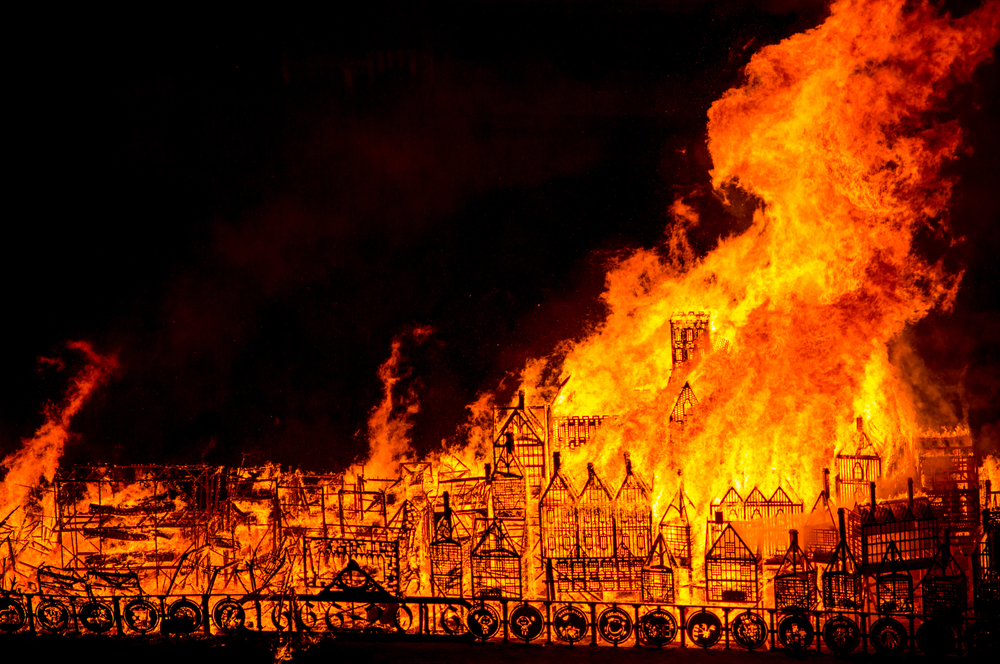
Give your class a burning desire for drama, art, history and science with these KS1 cross-curricular activity ideas for the Great Fire of London.
Year 2 scheme of work
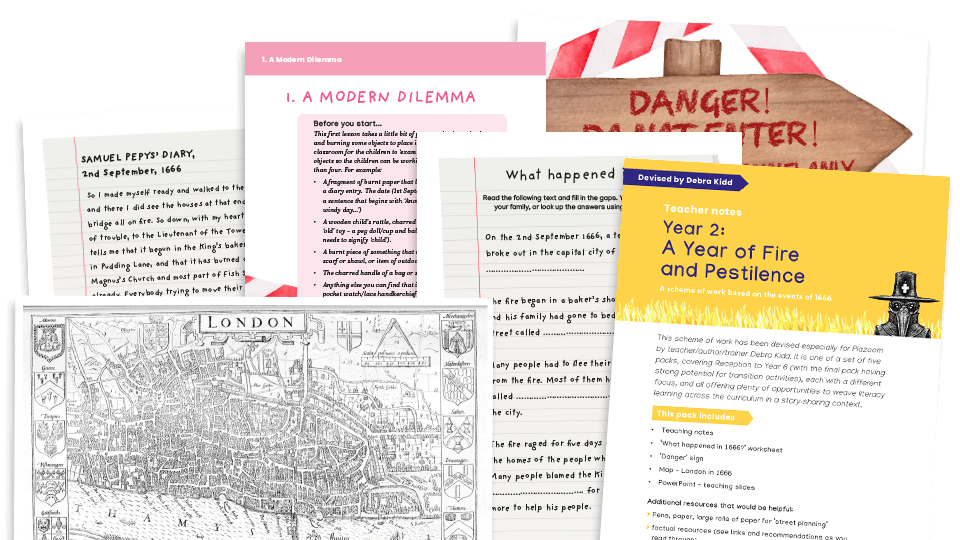
This incredible Year 2 Great Fire of London scheme of work from literacy resources website Plazoom is based on the events of 1666. It includes planning and resources for a half-term. You get teaching notes, worksheets, teaching slides and more.
Year 2 SATs writing assessment resource pack
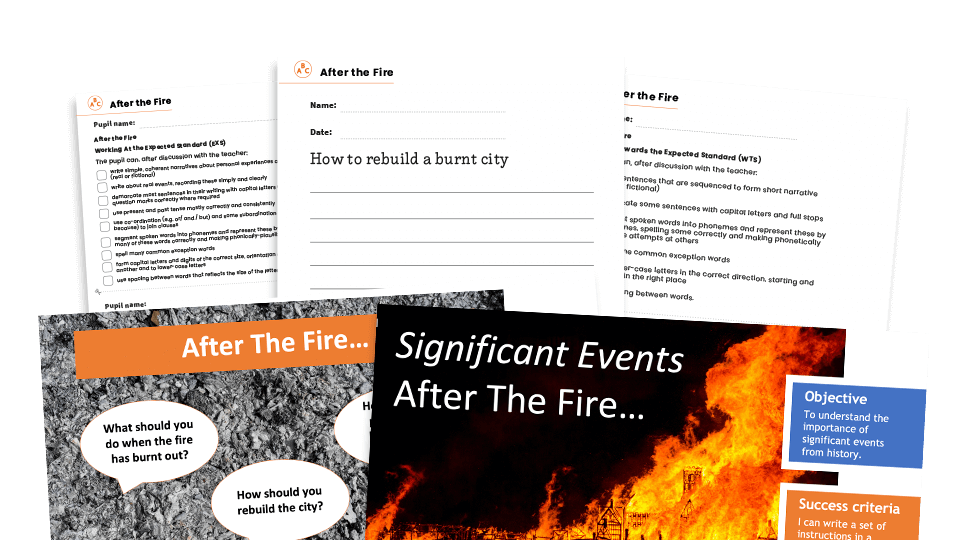
This Year 2 Great Fire of London writing assessment resource pack from Plazoom gives KS1 children the chance to create cross-curricular writing that you can assess against the KS1 Teacher Assessment Framework (TAF).
Pupils need to write a set of instructions for how to rebuild the city after the fire. Inside the pack you get a pupil writing checklist to encourage independent proofreading and editing. There’s also a Powerpoint, picture cards, writing sheets and a TAF writing assessment checklist.
Minecrafting the Great Fire
The Museum of London has a wonderful selection of teaching resources on its website. This includes an interactive story and, perhaps best of all, a Minecraft version of 1666’s tragic tale.
Story of the Great Fire

This massive (and free) resource has absolutely loads for you to choose from. Contrast fire safety from the past with today. Study the buildings of the period and create your own. Look at rhymes and songs or write diaries in the style of Samuel Pepys.
That doesn’t even scratch the surface of what you will find with these resources.
Samuel Pepys
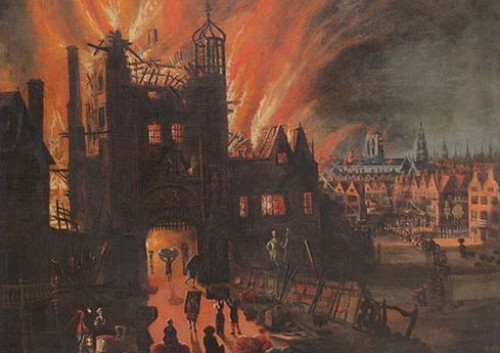
The Historical Association produced this topic pack on the Great Fire of London. It covers the events leading up to it, its causes and why it spread and what London was like afterwards. It also looks at Samuel Pepys and Christopher Wren.
This set of KS1 resources was created by teachers who adapted a range of history approaches from Nuffield Primary to fit their classes.
Alternatives to teaching the Great Fire of London (again)
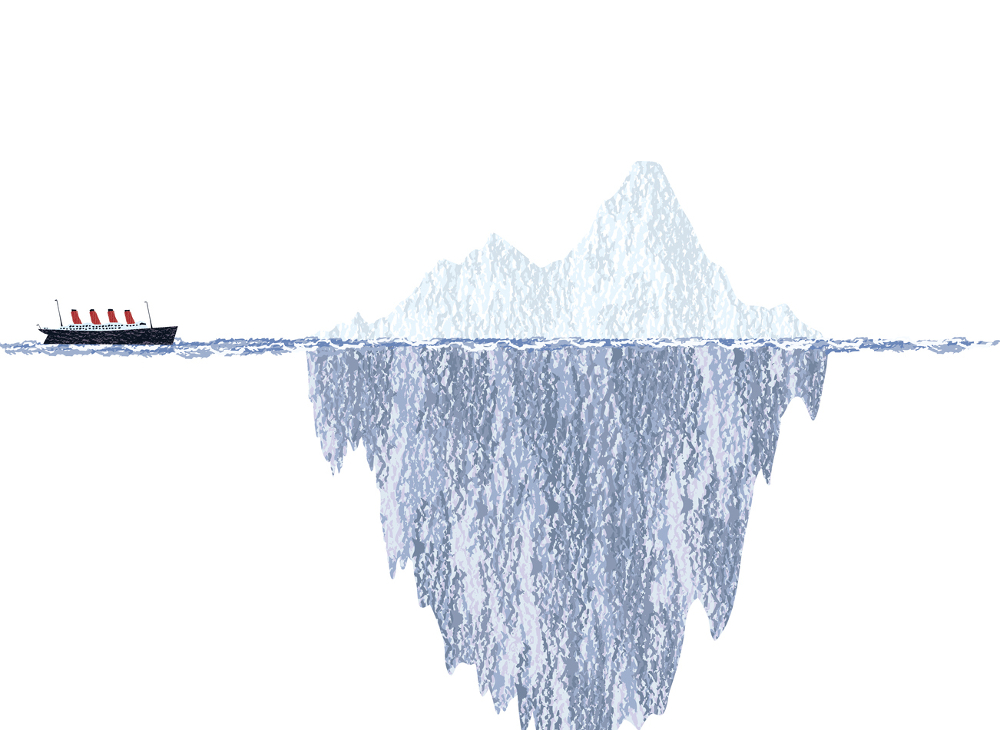
Since the introduction of the revised national curriculum in 2014, primary teachers have invested a great deal of time and energy into reviewing the significant people studied at KS1.
This work has resulted in children studying a much more diverse group of figures and a better understanding of who constitutes a significant individual.
Prompted by the guidance in the national curriculum, teachers have also given attention to how these figures interconnect and how their lives link into history at a local, national and international level.
Sadly, my visits into KS1 classrooms suggest that we’re yet to give the same energy and attention to the range of events we teach.
These are often limited to the Gunpowder Plot and the Great Fire of London in KS1. While we may regard both as significant, the result is many pupils leave KS1 having little knowledge of time periods beyond the Stuarts.
Significant event
My observations are supported by findings from a Historical Association primary survey. It showed that 73% of teachers taught the Great Fire of London as their significant event. This was followed by the Gunpowder Plot.
The national curriculum’s only statutory requirements are that the events we teach should be significant nationally or locally and are beyond living memory.
Further guidance is limited to just two examples. These are the Great Fire of London and the first flight – and the suggestion that we teach events through anniversaries or festivals.
With so little support provided within the national curriculum, it’s no surprise that many teachers, faced with the challenge of their own limited historical subject knowledge and with little time to seek out new resources, continue to teach the events they learnt about in their own primary school education.
Significant or not?
There is no denying that the Great Fire and the Gunpowder Plot are powerfully engaging stories. They’re full of interesting characters and a huge legacy of evidence. Rather than erasing them from our planning, I propose we provide our pupils with a more balanced view of past events.
Before deciding which events to include, it is vital to be clear exactly what we mean by ‘significance’. Using Christine Counsell’s criteria is an excellent starting point before developing your own ideas. She says that to be historically significant, a person, location or event must be:
- Remarkable – remarked upon by people at the time and/or since
- Remembered – important at some stage in history within the collective memory of a group or groups
- Resulted in change – it/they had consequences for the future
- Resonant – people like to make analogies with it/them. It is possible to connect it with experiences, beliefs or situations across time and space
- Revealing – of some other aspect of the past
We also need to consider what constitutes an ‘event’. Yes, it is something that happened in the past, but of what duration?
Consider the First World War. Is it a particular battle or incident within it, like the Christmas Truce, that is the ‘event’?
To support better understanding while working with KS1 pupils, I suggest starting with in-depth stories like the Christmas Truce. This then offer opportunities to link into the wider perspective.
Much-loved topics
When planning the events to cover at KS1, take into account what happens at KS2 in your school. For example, you may decide to study the discovery of Tutankhamun’s tomb. But is this a wise choice given that your pupils may go on to study the Egyptians at KS2?
While we should avoid repetition of topics, it may provide opportunities in setting the scene for areas to be studied later in greater depth and possibly with a different emphasis.
Many teachers have been disappointed by the loss of much loved topics at KS2 like the Victorians and Tudors. Could we use the opportunities provided by significant events at KS1 to include aspects of these topics?
For example, for the Victorians you could explore the 1829 Rainhill trials and introduction of the railways. Or you could look at the sinking of the Mary Rose in 1545 during the reign of Henry VIII.
When you are selecting the events to be studied, look for balance not just in time periods but also in the nature of the events with regard to political and social changes.
A challenge can also be to find events that do not focus on the bad times in the past. Including events related to celebration and achievement – the Great Exhibition in 1851 or the introduction of women’s suffrage, for example – helps to dispel distorted images of the past.
Spanning time
There is a great deal to be gained from studying at least one event per term. To provide opportunities for this within a crowded curriculum it may be that the event is related to your study of a significant person.
Linking events to significant people also gives you the opportunity to introduce more recent events like the first man on the moon through your study of Neil Armstrong or the coronation of 1953 when looking at the life of Queen Elizabeth.
Your events could also be part of your local study but then provide you with opportunities to make connections to national events. An example would be the arrival of the railway or canals in your local area and then the significance of these developments nationally.
Introducing a range of events provides valuable opportunities for strengthening pupils’ chronological understanding through considering when this event has taken place in relation to others. It also lays the foundations of pupils developing a sense of period through the introduction of a broad range of events spanning time.
Using stories
The introduction of the sinking (or launch) of the Titanic in 1912 is a memorable event worthy of study at KS1. Our leading maritime museums have been developing resources to support the study and while a visit to one of them would be an advantage, pupils’ learning would be equally successful based on their resources.
The event may provide opportunities for linking into your locality study. Liverpool, Belfast and Southampton all have strong connections, but members of the crew also came from all over the country.
For example, band leader Wallace Hartley was from Colne in Lancashire. Colne is very proud of the connection and Wallace is remembered at many sites in the town.
The Titanic story also provides many opportunities for cross-curricular links, most significantly with geography through charting the journey of the ship, and also of the many migrants on board. There are opportunities for looking at how transport has changed over time and comparable journeys today.
Using story is a popular way to approach this event. The book Polar the Titanic Bear was written for Douglas Spedden, a seven-year-old who survived the tragedy. While it doesn’t ignore the tragedy, through its focus on a survivor it emphasises the positive.
Another way into the story is through objects. For example, at the National Maritime Museum you can see a musical toy pig that belonged to Edith Russell Rosenbaum.
As with all events, there is no requirement to look at the Titanic story in its entirety. You may decide it is more appropriate to focus on its launch and life on board.
The sinking of the Titanic is only one of many events that is perfect for enriching the KS1 curriculum. Just remember, an engaging story, a wealth of characters and good resources are important, but the starting point should be whether the event is worthy of joining the ranks of significant events.
Bev Forrest is a primary teacher trainer and member of the Historical Association primary committee. She is on the editorial board of the journal Primary History and is an assessor for the History Quality Mark.





